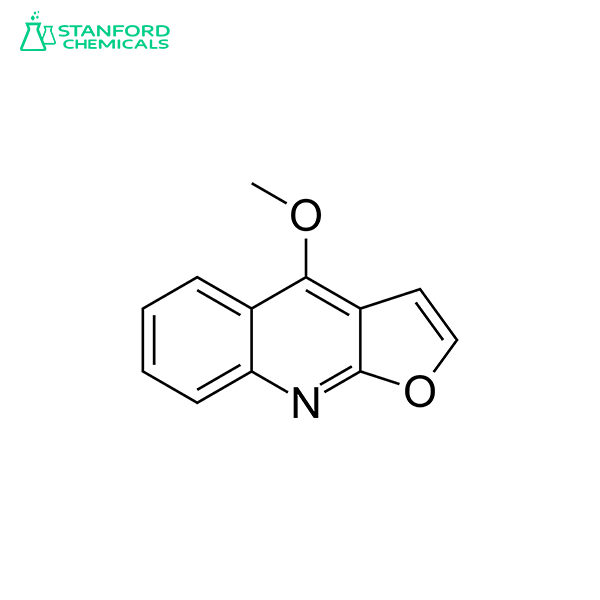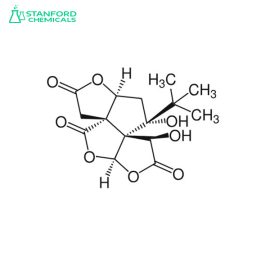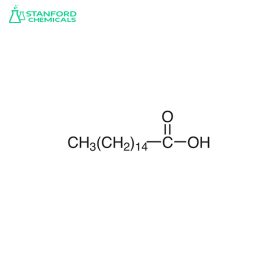Dictamnine
Dictamnine, a natural alkaloid from Rutaceae plants, exhibits antimicrobial, antifungal, anti-inflammatory, and potential anticancer properties, studied for its therapeutic potential in treating infections, reducing inflammation, and cancer research.
Dictamnine Overview
The interest in dictamnine is part of a broader exploration of natural compounds for their potential health benefits and therapeutic applications. Its wide range of activities makes it a subject of study in the fields of pharmacology and medicinal chemistry.
Dictamnine Key Features
– Natural Source: Found in plants of the Rutaceae family, including Dictamnus dasycarpus.
– Bioactivities: Exhibits antimicrobial, antifungal, anti-inflammatory, and potential anticancer properties.
– Mechanism of Action: Acts through various pathways, including inhibition of microbial growth, modulation of inflammatory responses, and induction of apoptosis in cancer cells.
Dictamnine Applications
– Antimicrobial and Antifungal Treatments: Used in studies aiming to develop natural therapies for bacterial and fungal infections.
– Anti-inflammatory Therapy: Investigated for its potential in treating inflammatory diseases due to its ability to influence cytokine production.
– Cancer Research: Explored for its anticancer potential, particularly its ability to induce cell death in cancerous cells.
Dictamnine Functions
– Inhibition of Microbial Growth: Dictamnine can effectively inhibit the growth of certain bacteria and fungi, providing a basis for its antimicrobial and antifungal applications.
– Modulation of Inflammatory Responses: It has the potential to reduce inflammation by affecting cytokine production and other inflammatory mediators.
– Induction of Apoptosis in Cancer Cells: Shows promise in cancer research by triggering apoptosis, a process of programmed cell death, in cancer cells.
Details

| Available Sizes | 30 capsules, 60 capsules, 120 capsules |
|---|---|
| Key Ingredient | High-quality, pure p-Coumaric Acid |





Reviews
There are no reviews yet.